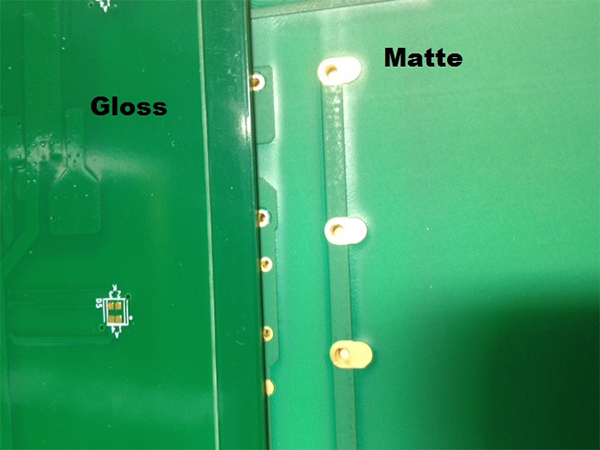When creating your SMART user interface design, the operating environment should be taken into careful consideration. Environmental contaminants, moisture, temperature extremes, UV radiation, and overall wear and tear from use in outdoor environments are factors that should be considered before determining material and component selection for your SMART user interface.
Before designing your custom human-machine interface (HMI) project, it's important to have an idea of all the steps involved before and during production. Each step has variable length so while there isn't an exact timeframe for production, having a more informed viewpoint is critical to everyone's ability for following HMI design best practices.
It is critical for any flex circuit design to be free of errors and violations in order to get the application to market as fast as possible without unnecessary delay. To help designers avoid common IPC PCB design standards violations in rigid-flex PCBs, this blog post will discuss three of the most common IPC Association Connecting Electronics Industries design violations.
Navigating through the complex cable industry can be both difficult and time consuming. This is especially true if, for whatever reason, you have to change your cable assembly manufacturers. This blog post is intended to give you a perspective of what to expect if you find yourself in need of switching an existing cable assembly design to a new supplier.
When developing an overmold tool for a custom cable assembly, consideration needs to be given to the tactile features of the finished part. There are several areas that constitute these considerations, including the desired finish of the end part as well as the precision of the molding tool itself. The choices you make in physical features may seem insignificant, but the touch, feel, and appearance can have a real impact on the final cable assembly.
Your PCB design for manufacturing is critical to the success of your final application. Design features which make your board difficult to build add cost to your product, either by slowing down the production process, or by increasing the scrap rate.
Membrane switch style user interfaces often face long-term outdoor UV, chemical, and moisture exposure. To help improve membrane switch design, there are several considerations that apply. Veteran manufacturers with substantial engineering experience ensure the optimal result of each application. Numerous solutions can be provided specific to any given industry.
Understanding the environment which your assembly will be used in may determine whether or not your application will require shielded cables. Applications where cable assemblies are utilized are often electrically noisy, industrial environments, where factories can create interference within cables. If your cables at at risk of electrical noise interference, shielded cables can greatly improve the performance of your equipment.
This blog post is intended to reinforce the design support we offer at Epec for our flex and rigid-flex PCBs. Technical design and engineering is one of our core foundations which allow us to best help our customers meet their product requirements. Within the post, we'll cover design areas that require special consideration.
When creating your optimal circuit board design, one factor that must be considered is the solder mask and whether to go with matte finish solder mask or gloss finish mask for your final product. Usually, most designers don't specify their preference and end up leaving the decision to the PCB fabricator. Most fabricators will likely default to a gloss surface finish, the more popular choice of the two.























